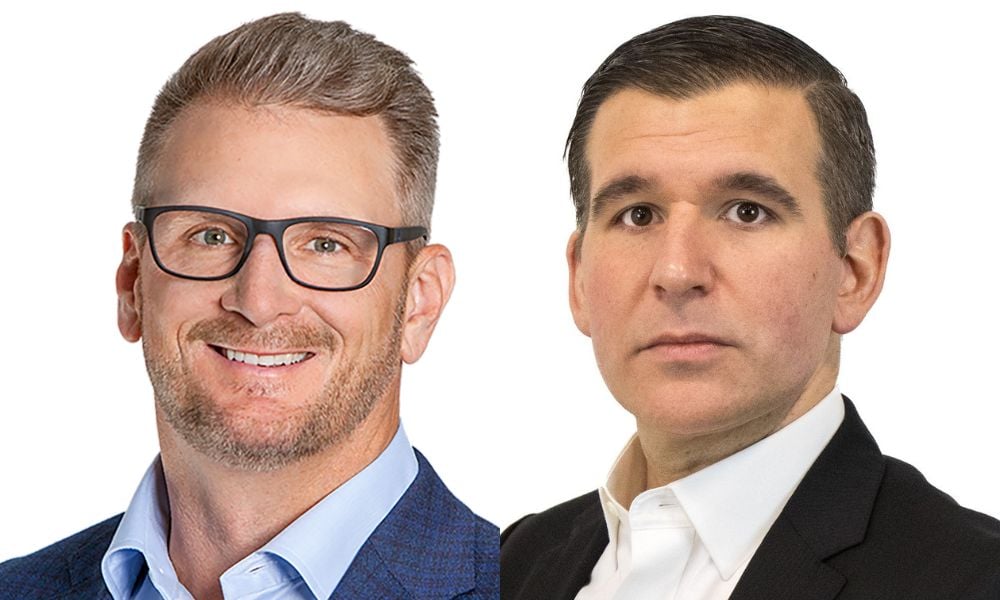

The cuts are coming folks. Better grab some yield for your clients while you still can.
Recent economic data on both the employment and inflation fronts have seemingly sealed the deal when it comes to coming Federal Reserve rate cuts. The only questions left for market participants seem to be how much and how quickly the FOMC’s overnight lending rate will come down from its current perch of 5.25 percent to 5.50 percent.
The benchmark 10-Year Treasury Note, meanwhile, has already gotten a jump on Fed Chair Jerome Powell and his merry band of rate-setters. It was yielding 3.7 percent at last check, down from a 2024 high of 4.7 percent in April.
Eric Amzalag, CEO and founder of Peak Financial Planning, has been adding bond exposure progressively over the past year while the Fed was poring over the data. And he plans to add additional long duration US government bonds to client portfolios as a temporary position until interest rates hit their cycle trough.
“At the moment long duration bonds are extremely overbought - we are waiting for 10 Year Treasury yields to bounce back to 3.9 percent to 4 percent before getting to our full long bond allocation,” said Amzalag.
Similarly, Daniel Lash, certified financial planner at VLP Financial Advisors, has slowly changed his asset allocation in fixed income over the past 2 years from shorter duration to more intermediate-term duration in anticipation of the coming rate cuts.
“Moving further out on the yield curve to long-term duration, in our opinion, does not offer adequate risk/reward trade off at this time,” said Lash. “Once the yield curve moves back to relative normalcy, we will look at the fundamentals at that time to determine if an additional increase in duration provides reasonable risk/return for our clients.”
Either way, the rush is on for financial advisors to lock in some protection while they still can.
Mabrouk Chetouane, head of global market strategy at Natixis Investment Managers, for one, says “now is the moment to add bonds in to client portfolios because it will first protect them against any, let's say, downturn coming from the equity market and it will add in some regular revenue in the in your portfolio.”
Ed Al-Hussainy, senior rates analyst at Columbia Threadneedle Investments, also believes that rates have become a very important buffer against risk, making longer durations more attractive.
“The all-in level of yield provides you a level of income that we haven't seen in about a decade,” said Al-Hussainy.
Added Al-Hussainy: “We're seeing opportunities in agency MBS which offers again a pick up relative to corporate credit and asset backed securities that are backstopped by the household balance sheet, which is still in pretty good shape.”
In most client fixed income portfolios, absent client specific dynamics, Will Sterling, partner at TritonPoint Wealth, extended duration last fall. He says the current bond market is overbought and market participants are too aggressive with respect to how many Fed cuts they are pricing in.
“Looking at Fed Funds Futures, the market is pricing 100 basis points of cuts by year-end and 250 basis points of cuts over the next 12 months. Should those expectations be realized, I anticipate that we would see a meaningful drawdown in risk asset values and, more likely than not, be in a recession,” said Sterling. “As that is not our base case and because the current fixed income market rally feels overdone, I’m not convinced interest rate risk is being sufficiently compensated as a hedge for equity risk at current levels.”
Finally, Brandon Ross, co-founder of Quotient Wealth Partners, feels it is prudent to reduce credit risk by trimming high yield exposure and add quality considering a slowing economy and interest rate cuts. He also added an active manager doing fundamental analysis which looks for undervalued bonds and higher quality.
"As the Fed gets closer to its first rate cut of an easing cycle, we think a duration stance that is in-line with the benchmark helps clients benefit if rates fall as expected, while preserving the ability to respond to potential future volatility in stocks as we head into Q4," said Ross.
Fed put is back, fiscal policy paramount, says Columbia Threadneedle strategist

Relationships are key to our business but advisors are often slow to engage in specific activities designed to foster them.

Whichever path you go down, act now while you're still in control.

Pro-bitcoin professionals, however, say the cryptocurrency has ushered in change.

“LPL has evolved significantly over the last decade and still wants to scale up,” says one industry executive.

Survey findings from the Nationwide Retirement Institute offers pearls of planning wisdom from 60- to 65-year-olds, as well as insights into concerns.
Streamline your outreach with Aidentified's AI-driven solutions
This season’s market volatility: Positioning for rate relief, income growth and the AI rebound
